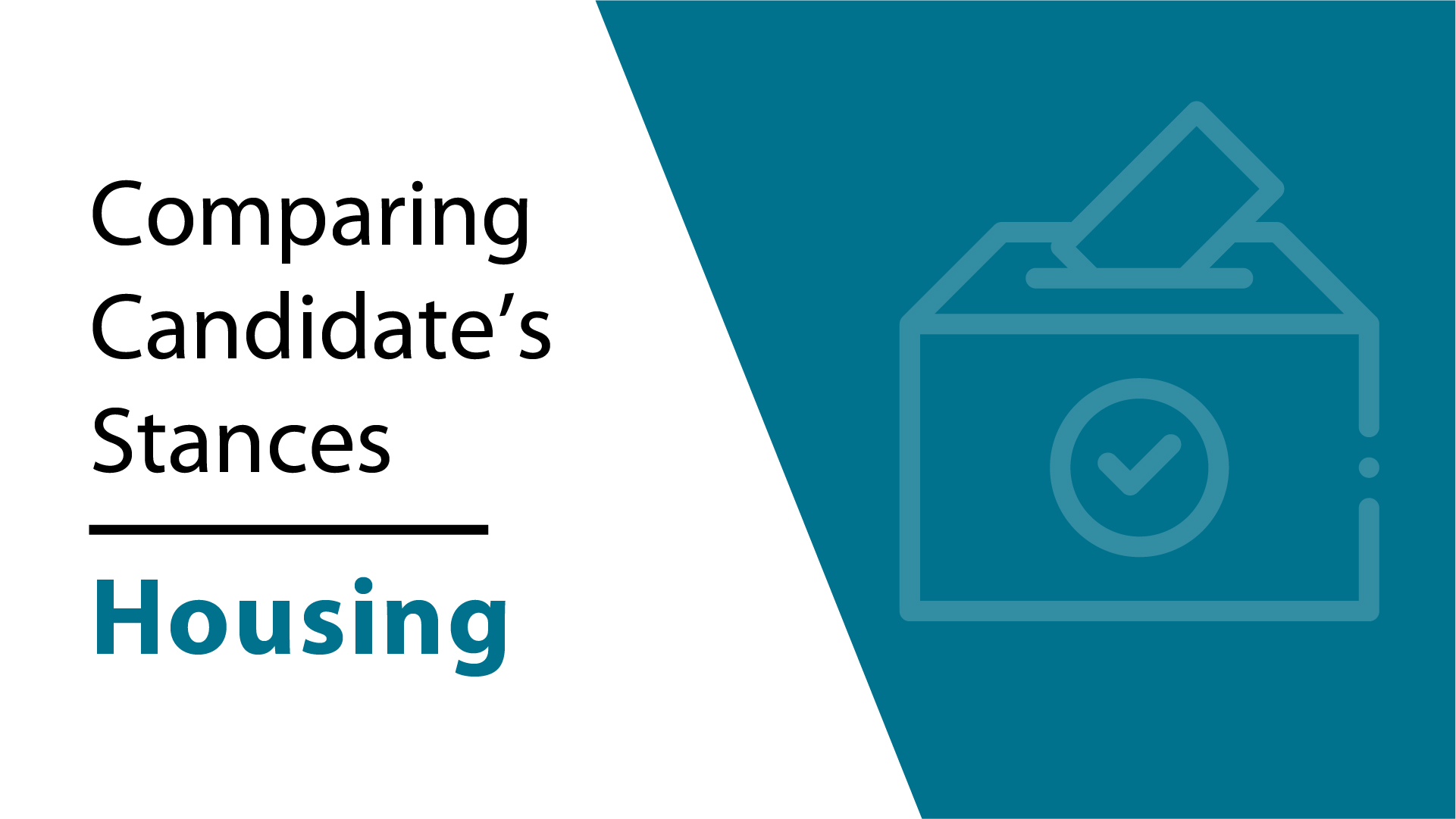This website uses cookies so that we can provide you with the best user experience possible. Cookie information is stored in your browser and performs functions such as recognising you when you return to our website and helping our team to understand which sections of the website you find most interesting and useful.
News
Election 2020 Issues Comparison: Housing & Housing Construction
With just under six weeks left before the 2020 elections, we continue to examine where President Donald Trump and former Vice President Joe Biden stand on some of the most critical issues to the vinyl industry. You can read previous issues comparisons here.
This week we will explore the candidates’ positions on housing and housing construction. The 2020 elections have seen a substantive focus by candidates on renters’ issues in expensive housing markets and the growing housing crisis in the last few years. As the home building industry started recovering from the housing crash, most new construction has been added in the high-income market. The housing crash also forced many Americans into the renters market after losing their homes to foreclosures. Housing issues have been elevated now that many Americans face unemployment, mortgage delinquencies, and evictions due to the COVID-19 pandemic. Housing is one area, where at least on the surface, Biden and the President have some common deregulation and housing goals, but they split in differences when the regulatory targets affect protecting fair wages, fair housing, and the environment.
Trump’s Stance
In July of 2019, President Trump signed an executive order establishing the White House Council on Eliminating Barriers to Affordable Housing Development to recommend ways to ease regulations that prevent new housing construction. The Council’s goals are to engage with state, local, tribal leaders, and other stakeholders to identify and recommend ways to reduce statutory, regulatory, and administrative burdens at all government levels that hinder affordable housing development.
President Trump’s administration also repealed and replaced the onerous Obama era Waters of the United States (WOTUS) rule, which removed a major impediment to home builders.
According to the National Association of Home Builders (NAHB), President Trump’s executive order to roll back regulations:
- Eliminated 22 regulations for every new regulatory action;
- Issued 67 deregulatory actions while only imposing three new regulatory actions;
- And, in FY 2017, saved $8.1 billion in lifetime net regulatory cost savings, equivalent to $570 million per year.
On July 23, 2020, The Trump administration terminated the 2015 rule on Affirmatively Furthering Fair Housing (AFFH), which the Obama administration put in place to strengthen the 1968 Fair Housing Act by requiring localities to take “meaningful action” against discrimination and segregation in housing – and prove that it was working – in order to receive federal dollars. On the campaign trail, President Trump has said that the AFFH eliminated single-single family zoning.
Biden’s Stance
Joe Biden released an “Investing in Our Communities through Housing” plan to provide access to affordable and quality housing. His policy goals acknowledge that there are shortages for affordable housing for Black and Latino citizens and looks to “eliminate local and state housing regulations that perpetuate discrimination.” His plan would invest $640 billion over ten years to make housing more accessible. Biden is proposing a new refundable, advanceable tax credit of up to $15,000 for first-time home buyers. The proposal would also establish a $100 billion Affordable Housing Fund to construct and upgrade affordable housing. “These funds will be directed toward communities that are suffering from an affordability crisis and are willing to implement new zoning laws that encourage more affordable housing,” according to Biden’s plan. Biden would also restore the AFFH.
Biden also opposes using national security claims to impose “damaging and reckless tariffs” such as the 232 tariffs President Trump placed on Canadian lumber. The tariffs have put a strain on construction and the supply of houses on the market. Given Biden’s commitment to multilateral cooperation, it is doubtful that he will impose new tariffs on lumber. Still, he has not explicitly said whether he would roll back the current 20 percent tariffs on Canadian lumber shipments into the U.S.
By the way, visit the Vinyl Institute Voter Information Center, a nonpartisan resource that has information to help you prepare for the General Election.


